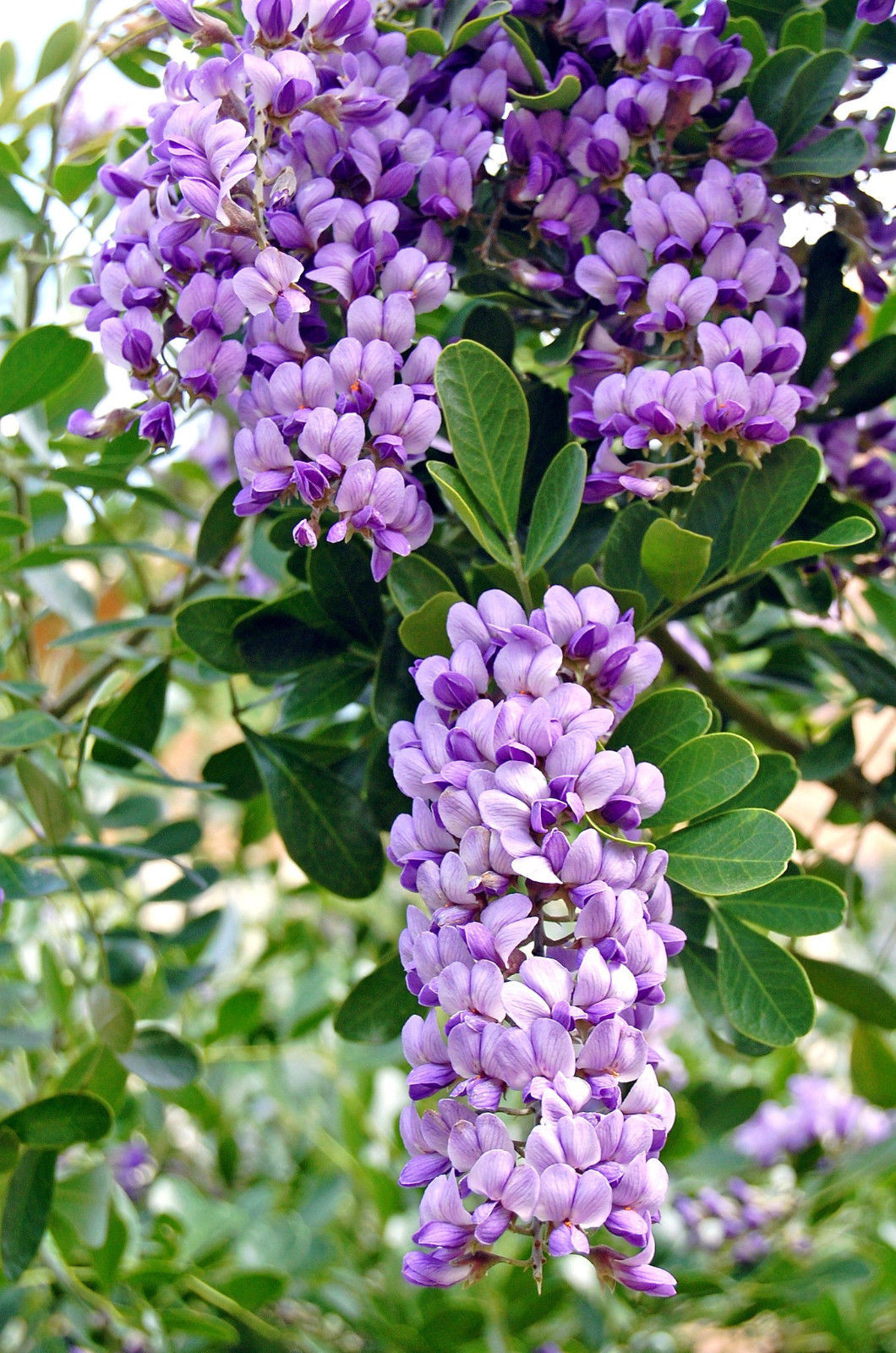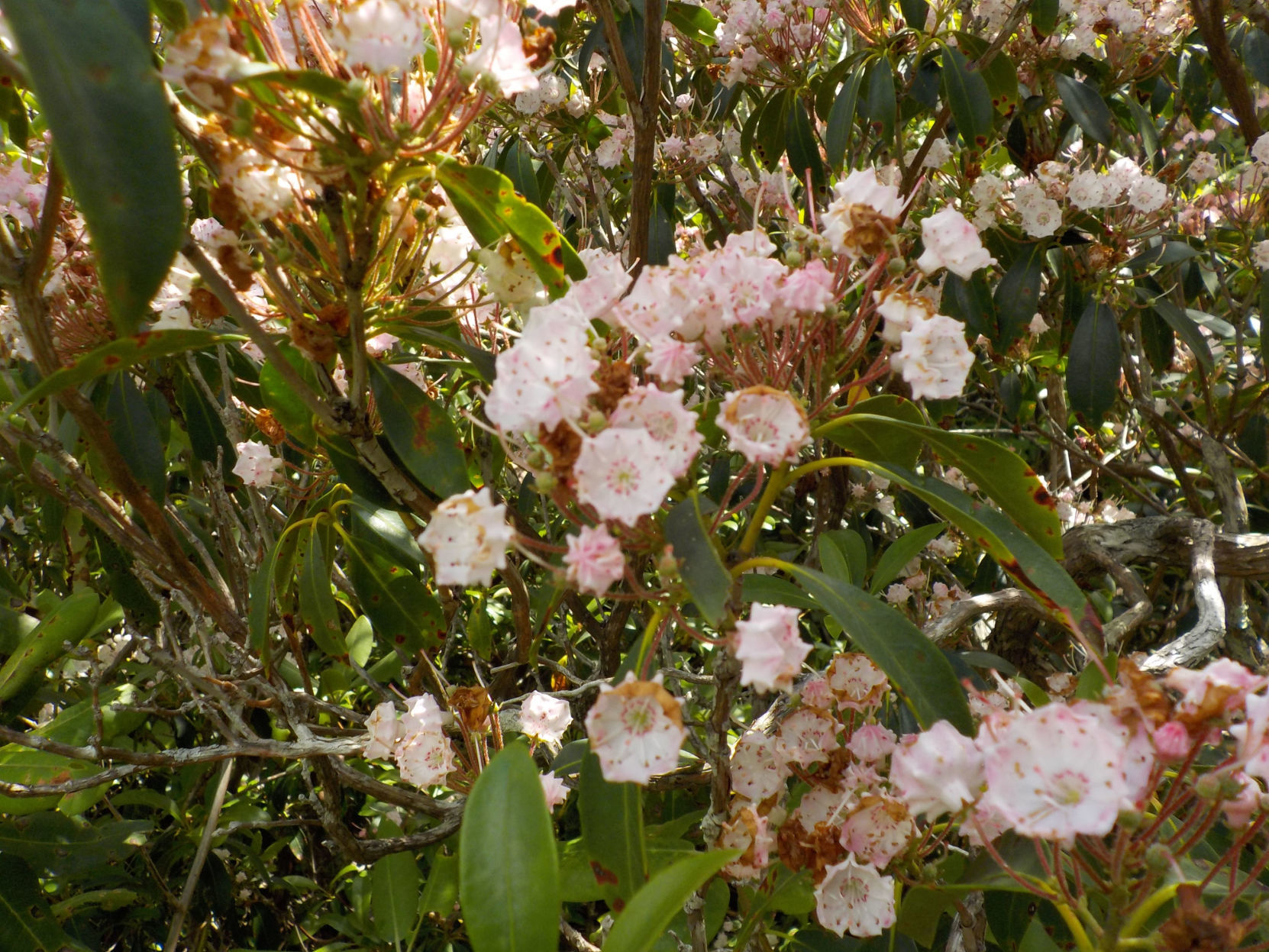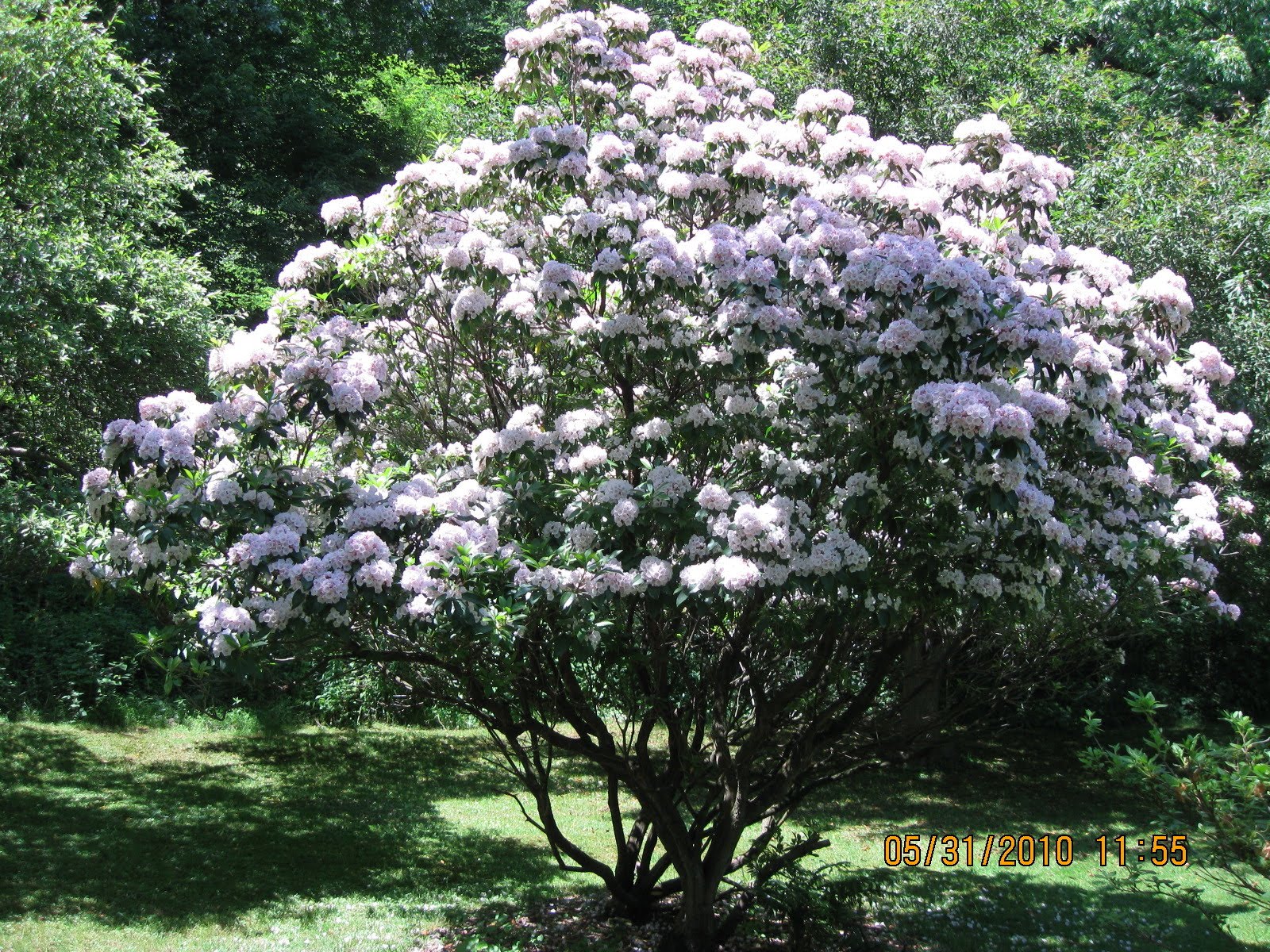

Then soak the resultant seeds about 2-3 days in warm water. It is even better if you cut through the outer shell with a sharp knife. Then, scratch the seeds with a sharp knife or sandpaper. After that, take out the seeds by breaking the pods. As far as pods are concerned, soak them in water for a day. If you purchase the seeds online or received pods by donation, there is a great chance that they are old and matured.
#Mountain laurel full#
In either case, make sure the planted place receives full sunlight or at least partial sunlight. Make sure the soil is amended with essential nutrients. Just bury the seed at least 1/2-inch-deep and water regularly. Hence this method is recommended also.Īlternatively, you also have the option of planting seeds directly in the garden. In this method, you can preserve the seedlings indoors till they get established. Make sure the container is filled with a healthy potting mixture that drains well. Plant these seeds in large containers (at least a gallon size). At these stages, the seeds will be pinkish in color and their shells would be comparatively smooth. But there are a few tricks that you can follow so as to start the germination process relatively quickly.Ĭollect the seeds when the pods are still green and just starting to turn grey. So, they may take a few years to germinate. Normally, the seeds falling from the trees will have very hard shells. Photo by Ken Bosma (Wikimedia Commons) ( CC BY 2.0) Seeds from Garden However, this plant does not grow well from the cuttings. Or else, you can purchase a well-established plant online or from a nearby nursery. So, if you can wait for about a year, you can grow from seed. Texas Mountain Laurel is a slow-growing plant.

Generally, these types of plants grow well in USDA Zone 7B. But this article focusses on “Texas mountain laurel” which belongs to Fabaceae (pea) family. In fact, Kalmia latifolia belongs to Ericaceae (heather) family. There is also another plant (Kalmia latifolia) popularly known as “mountain laurel”. These were the obsolete classification versions of this tree. Unknowingly or being used to, some people still refer to this tree as Calia secundiflora or Sophora secundiflora. Phylogenetic studies have recently reclassified some members of Sophora genus including Texas mountain laurel as Dermatophyllum (calia’s taxonomic synonym). In fact, every part of the tree including the beautiful seed pots and small leaves is toxic. Though the flowers are lovely and admirable, they are toxic to humans and animals. Texas mountain laurel can grow 15 feet tall.

This tree rarely has straight or upright trunks. They are usually 4 inches in length and contain beautiful deep orange seeds. Normally, the pods sprout following the flowers. After that, it withers and takes the smell out from the flowers. Tragically, the blooming lasts only a few weeks. These flowers usually bloom in the early spring (March, April). You can smell them across the street a few feet away. The fragrance of these flowers resembles a somewhat grape soda flavor. The flowers usually have a very strong aroma. The flower cluster grows about 6 inches long. They are also thick, waxy to touch, and feel leathery. These small leaves usually have broadly rounded edges (spatulate). It has leaves arranged in a feather-like structure (pinnately compound).

Still, you can find them commonly in the buffer zones (riparian zones) between river and lands This plant can adapt very well to desert-like or nearly desert-like environments where the water supply is inadequate. Generally, Texas mountain laurel is a slow-growing, evergreen, hardy plant. Photo by BFS Man (Wikimedia Commons) ( CC BY 2.0) Uses of Texas Mountain Laurel H2 Description.Colorful historical accounts of this area can be found in Richard David’s “The Man Who Moved a Mountain.” Be sure to stop and sample the local flavor during your visit. Many of these sites, such as Mabry Mill and Buffalo Mountain Natural Area Preserve, also have rich historical backgrounds. The drive from site to site is almost as amazing as the sites themselves the Blue Ridge Parkway offers spectacular vistas, with overlooks stationed every few miles. This loop provides a nice amalgam of private and public lands, outdoor recreation, wineries, and bed-and-breakfasts. Please be aware that while the Parkway may be closed during winter months, during the rest of the year, this area will overwhelm you with its natural beauty. The scenery is breath-taking, and each of these sites offers an unusual glimpse into the beauty of the Blue Ridge. The sites on this loop are located on or near the southern portion of the Blue Ridge Parkway in Virginia.


 0 kommentar(er)
0 kommentar(er)
